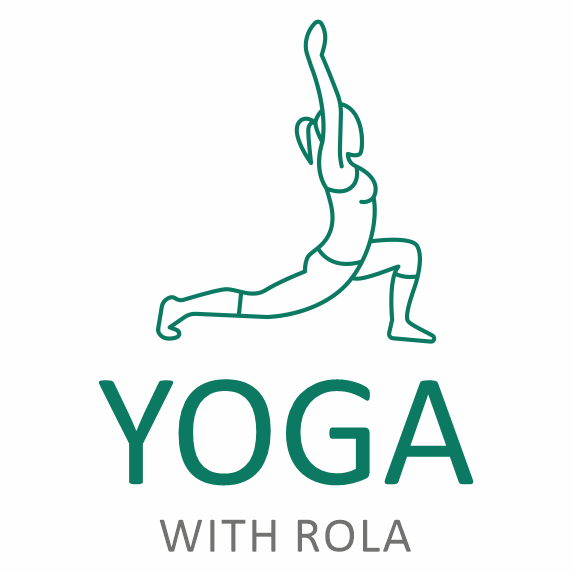The author begins the book investigating the concept of “self” by asking the reader to rely on one expert, “you, the reader”. The reader, from the start, is therefore encouraged to engage with the content and use it to find and explore oneself as the chapters are intended to be mirrors for seeing the true self.
- In the first part of the book, the “voice inside your head” is explored. This is a persistent mental dialogue, a voice that talks all the time and that can only stop when one steps back and observes it objectively. A basic step in quieting this chatter is to understand that there is nothing more important to true growth than realizing that one is not the voice of the mind, but the one that hears it. Yoga is mentioned as one technique to help free oneself from the “mental melodrama”, helping one live in the “seat of consciousness and pure awareness. “
- In the second part of the book, the author expands on the concept of inner energy, a source of energy that you are drawn upon from the inside. These are centers within that channel your energy flow. When you close them, there is no energy. The heart is one such energy center. It can open or close. The yogis call energy centers Chakras and the flow of energy that comes from the depth of one’s being Prana. In ancient Chinese medicine, it is called Chi and in the West it is called Spirit. The more one learns to stay open, the more the energy can flow into you. The author says one should honor and respect the situation and be with it. When all the energy centers open, a tremendous amount of energy starts flowing out of you. You become a source of light for all those around you. Through meditation, through awareness and willful efforts, one can learn to keep the centers open by relaxing and releasing.
- The author explores the spiritual heart, one of the most powerful chakras or energy center. The heart closes because it becomes blocked by stored, unfinished energy patterns from the past. When you resist release, that energy gets packed up and forced into deep storage within the heart. In the yogic tradition, that unfinished energy pattern or blockage, is called Samskara. This is a Sanskirt word meaning impression and in the yogic teachings it is considered one of the most important influences affecting one’s life. Two kinds of experiences can occur that block the heart, either by resisting or by clinging. Letting go means falling behind the energy instead of going into it and this usually just takes a moment of conscious effort to decide. As the tendency to get drawn in is constant, the willingness to let go and fall behind has to be constant.
- In the third part of the book, the author continues with the exploration of the self. As one’s life unfolds, the natural ups and downs of life can either generate personal growth or create personal fears. Fear is caused by blockages in the flow of your energy. The purpose of spiritual evolution is to remove the blockages that cause one fear.
- In facing life’s inevitable challenges, the author recommends letting go and staying in the “seat of awareness.” If your consciousness gets immersed in the disturbance, you get pulled down into the disturbed energy. And when you allow the disturbance to express itself, you descend to another level from this state of unclarity. In the end, real transformation comes when you embrace problems as agents for growth, freedom and liberation. “Awareness does not fight,” says the author. “Awareness releases.”
- In the final sections of the book, the book defines spirituality as the commitment to go beyond, no matter what it takes. By not participate in struggles and external events, you stop defining yourself in relationship to them, and just let them come and go.
- The author then reiterates that you only need to make one decision, to be happy or not. “If you want to be happy you have to let go of the part of you that wants to create melodrama. You have to transcend the personal, and as you do, you will naturally awaken the higher aspects of your being,” he says.
- The secret of the middle way is then explored. The Tao, or the Way based on Lao-tuz’s teachings, is the place where there is no energy pushing in either direction. It is a principle that according to the author holds true in every aspect of life.
In final chapter, the author summarizes one of the key messages of the book: As you let go and willingly release the physical emotional and mental aspects of your being, sprit becomes your state and you become one with universal consciousness described by every religion.



Add a Comment